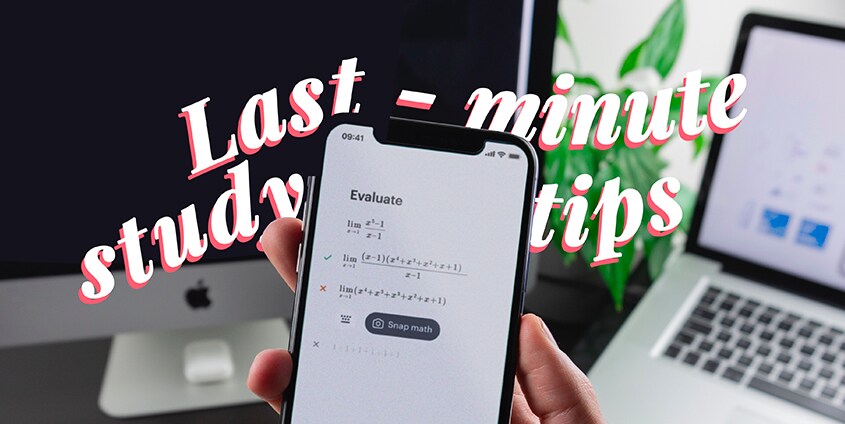
4 Study Tips for Students Who Left Studying to the Last Minute
Whether you’ve fallen behind because you’re a master procrastinator or missed a lot of classes, not all is lost. In university and college, cramming is unhealthy and unsustainable.
However, if last-minute studying is your last resort right now, you can still use whatever time you have left to your advantage and learn better time management next time.
Here are 4 tips and tools you can use to make the most out of studying last minute:
1. Focus only on topics you’re struggling or unfamiliar with
When studying last minute, you may not have time to review all your class materials and study notes. Focus on what you don’t know yet.
To identify what you don’t know, take a practice test. It may not be fun to realize how much you have to study for, but this preliminary assessment will let you clearly see where you need to spend time studying.
After you’re finished, review all the questions you got wrong and see if there are any trends. Maybe they are all from the same chapter or involve the same concept.
If you’re using MyLab or Mastering in your course, use Dynamic Study Modules to save time. It will not only learn what topics you’re struggling with but also adapt its questions to give you get extra practice on topics you’re not familiar with.
